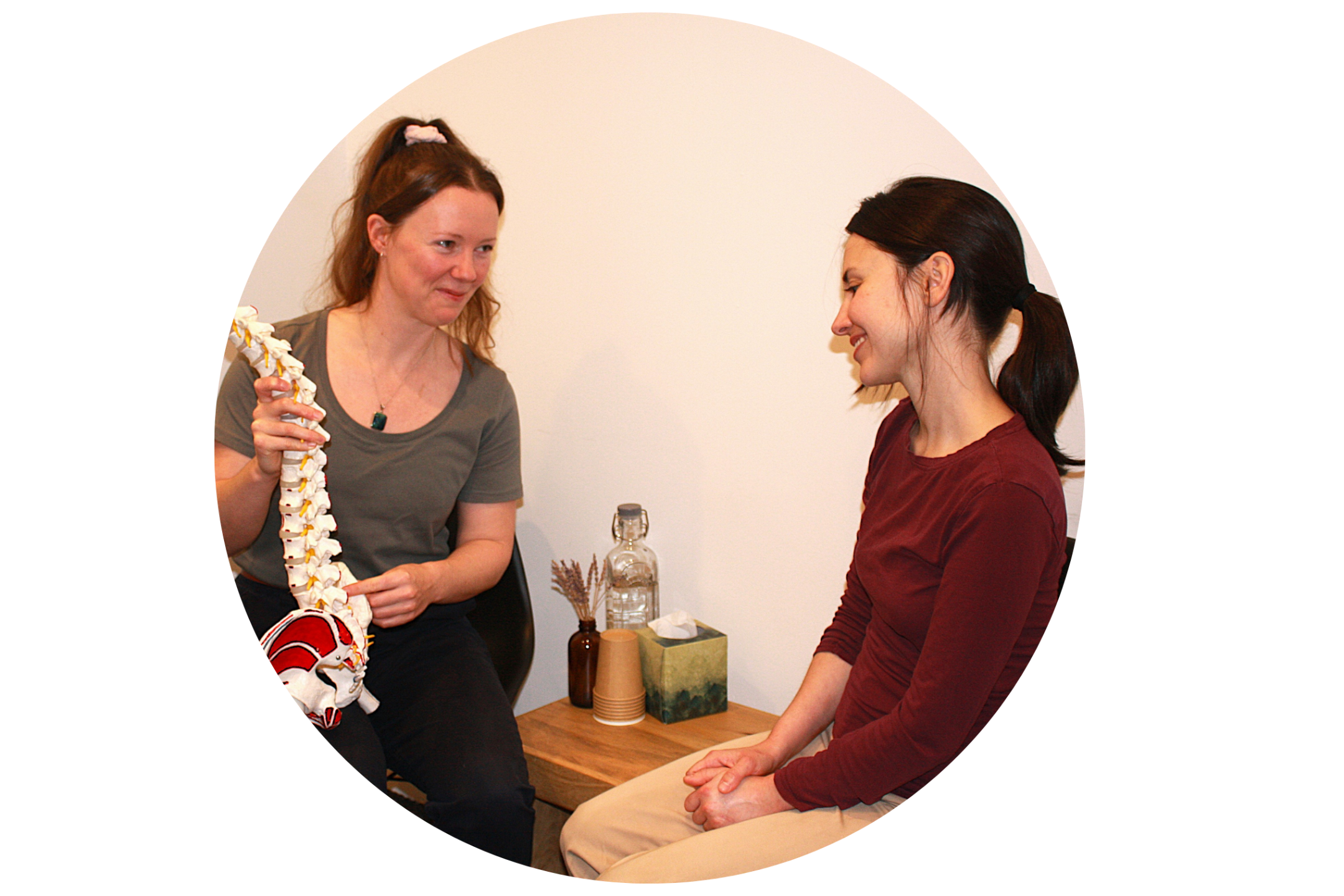Play as Healing: How Reclaiming Playfulness Can Support Your Nervous System and Ease Pain
Aug 13, 2025
Summer is often a time that can inspire a certain lightheartedness - bright mornings, warmer days, nature in full bloom, long evenings - all an invitation to loosen our shoulders, take a deeper breath and soften our gaze.
I usually notice my mood lifting when I pause to take a moment to enjoy the sunshine in a blue sky, the blooming of a flower or a gentle breeze drifting through an open window.
This month, I wanted to explore the gentle invitation that summer extends to us: playfulness. How can we use this as a tool for healing and health? And how could it possibly relate to chronic pain?
Play Isn’t Frivolous
What do you think about when you see children being silly? I think it’s an amazing opportunity to remind ourselves that play isn’t some frivolous thing that’s only for children who don’t have to concern themselves with the realities of adult life.
It can be so easy to get bogged down in busyness, work stress and concern for family members. All things considered, it’s not a mystery that we often lose our playful outlook over time.
Play isn’t just about fun but something you can only access when your body feels safe enough to do so - a physiological state that blends connection and calm with energy and movement. This means you are able to move, laugh and explore while feeling safe and connected.
But it’s more than a mindset, and sometimes it’s not just a matter of deciding you want to be more playful. This can be especially true if you have been living with pain or suboptimal health for a long time, that lightheartedness can feel very far away. Playfulness emerges from a regulated nervous system and it can have a profoundly positive impact on your ability to heal, build resilience and even experience relief from pain.
What Science Says
A lot of the research on play focuses on children but the underlying principles can apply to all of us.
- Play can reduce pain and anxiety. Children who participate in play activities before or during medical procedures experience less pain and anxiety (Diaz-Rodriguez et al., 2021).
- Movement-based play can help with chronic pain. Dance has been shown to have a positive impact on musculoskeletal pain, leading to reduced pain, better pain coping strategies and greater pain acceptance (Hickman et al., 2022).
- Creative play supports wellbeing. Getting involved in arts and other creative, playful activities is linked to reduced stress, better quality of life and a reduction in pain (Fancourt & Finn, 2019).
Why Play Is Relevant to Chronic Pain
Chronic pain isn’t just about injured tissue - it often involves a sensitised nervous system that’s too used to being in protection mode.
For your body, this can mean:
- Muscle tension that won’t switch off
- Pain signals that stay “loud”
- Energy going into constant bracing
- Joy and curiosity feeling inaccessible
Play acts as a signal of safety. It tells your brain and body: “It’s okay to soften. You’re safe here.” This interrupts the cycle of protection, allowing the nervous system to downshift and create new, healthier patterns that allow space for healing.
Where Does Chiropractic Care Fit?
Chiropractic and other bodywork can help create the physical and neurological safety that makes play possible. By improving brain–body communication and reducing stored tension, your nervous system is better able to access different states, allowing a shift out of survival mode.
Once you can more easily access that foundation of safety, playful movement, creativity and social connection don’t just feel good - they become part of the healing process.
Simple Ways to Invite More Play
You don’t have to join a painting class or buy a hula hoop (though you can if you want to). Here are some easy ways to start:
- Move: Dance, sway, bounce, spin - any way your body wants.
- Feel: Paint, splash in water, touch different textures, smell flowers or run barefoot on grass.
- Connect: Share a joke, a silly voice or a funny meme with someone.
- Imagine: Daydream, tell a story, turn clouds into animals.
- Make it playful: Turn chores or routines into mini games - see how fast you can tidy up or balance on one foot while brushing your teeth.
Healing isn’t always about doing more “work.” It’s also about reawakening your capacity for joy. Play doesn’t just happen when life is perfect or after you have healed - it can be a practice and a pathway to a place of greater ease.
When your nervous system feels safe, joy, curiosity and play aren’t just possible - they become part of the medicine.
So today, I invite you to consider: How can you invite more play into your life?
Disclaimer: The information provided in this blog is for general educational and informational purposes only. It is not intended as medical advice and should not be relied upon as a substitute for professional healthcare advice, diagnosis or treatment. Always consult with your doctor or other qualified health provider regarding any questions you may have about a medical condition or before starting any new health practices. Never disregard or delay seeking professional medical advice.

